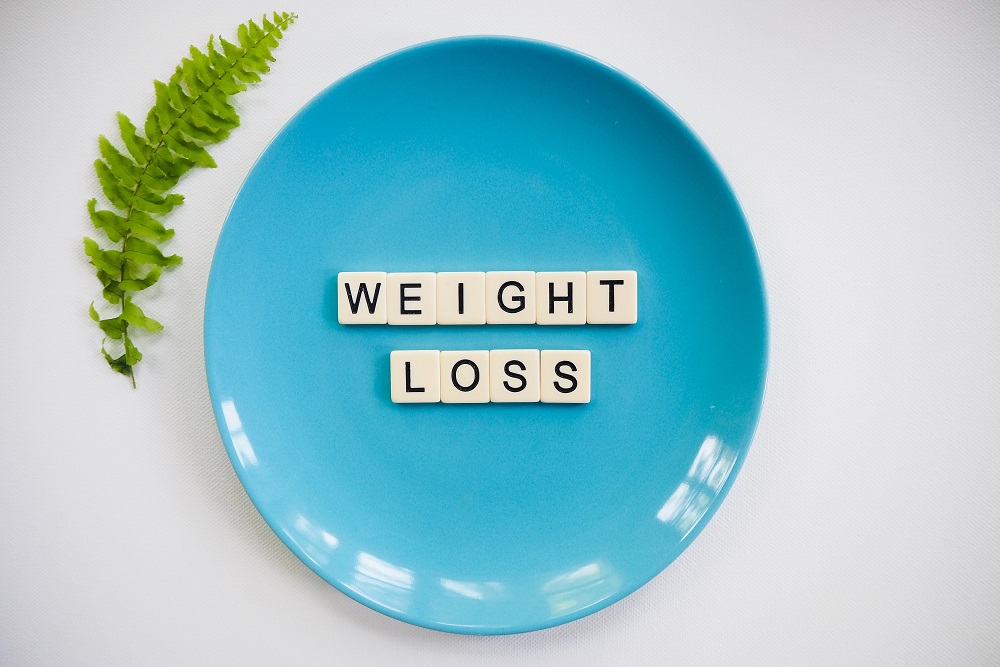Are you tired of trying every diet out there and never seeing results? Have you heard about intermittent fasting but aren’t sure what it is or how it works? Well, look no further because we’re here to tell you all about the benefits of intermittent fasting for weight loss! Intermittent fasting has taken the health world by storm due to its effectiveness in not only shedding those stubborn pounds but also promoting overall wellness. So, let’s dive in and discover why this method might just be the key to reaching your weight loss goals.
What is intermittent fasting?
Intermittent fasting is an eating pattern that involves cycling between periods of fasting and eating. It’s not a diet, but rather a way of controlling when you eat and how much you eat during specific time frames. There are several different methods of intermittent fasting, but the most common ones include 16/8, 5:2, alternate day fasting and spontaneous meal skipping.
The 16/8 method involves restricting your daily eating period to eight hours and then abstaining from food for the remaining 16 hours. The 5:2 method requires reducing calorie intake to about 25% for two non-consecutive days in a week while resuming normal eating on other days. Alternate-day fasting restricts calorie intake every other day while allowing unrestricted eating on alternate days.
Intermittent fasting has been found to have numerous health benefits beyond weight loss including improved brain function, reduced inflammation levels and lower risk of chronic diseases such as type-2 diabetes. However, it’s important to talk with your doctor before starting any new dietary regimen especially if you have underlying medical conditions or are taking medications.
The benefits of intermittent fasting for weight loss
Intermittent fasting is a popular eating pattern that involves alternating between periods of fasting and non-fasting. One of the most significant benefits of intermittent fasting is weight loss, making it an effective tool for those who want to shed some pounds.
One reason why intermittent fasting works for weight loss is that it can help reduce calorie intake. By limiting the number of hours you eat in a day, you are less likely to consume excess calories. Additionally, when your body enters into a fasted state, it begins to burn fat stores for energy instead of glucose from food.
Intermittent fasting has also been shown to boost metabolism and increase fat-burning hormones like adrenaline and norepinephrine. This means that even when you’re not actively working out or exercising, your body will still be burning calories at a higher rate than usual.
Another benefit of intermittent fasting is its ability to improve insulin sensitivity. Insulin resistance can lead to weight gain by causing your body’s cells to become resistant to the hormone insulin which regulates blood sugar levels. Intermittent fasting helps lower insulin resistance levels and promotes stable blood sugar levels throughout the day.
Incorporating intermittent fasting into your lifestyle can have numerous benefits beyond just weight loss including improved heart health, increased longevity, boosted brain function and more.
How to start intermittent fasting
Starting intermittent fasting may seem daunting at first, but with the right mindset and approach, it can be a simple process. The first step is to choose a fasting protocol that suits your lifestyle and preferences. There are several types of intermittent fasting methods including time-restricted eating, alternate day fasting and 5:2 diet.
Once you have selected your preferred method, start by gradually increasing the length of your fasts over time. This will allow your body to adjust slowly without feeling overwhelmed. Additionally, make sure to stay hydrated during your fasts by drinking plenty of water or calorie-free beverages like tea or coffee.
It’s also important to plan ahead for meals during non-fasting periods. Preparing healthy meals in advance can help reduce temptation for unhealthy options while also ensuring you consume balanced nutrients.
Remember that starting intermittent fasting should be approached with patience and an open mind towards experimentation until finding what works best for you as an individual.
What to eat while intermittent fasting
When it comes to intermittent fasting, one of the most important aspects is what you eat during your eating windows. It’s important to choose foods that will keep you feeling full and energized throughout the day.
During your eating window, focus on nutrient-dense foods such as lean proteins, healthy fats, and complex carbohydrates. These types of food will help keep you feeling full for longer periods of time.
Some great examples include grilled chicken or fish served with steamed vegetables and brown rice or quinoa. You could also try a salad with mixed greens, roasted sweet potatoes, avocado slices, and a drizzle of olive oil for added healthy fats.
It’s also important to stay hydrated during your fasting period so be sure to drink plenty of water throughout the day. If you’re struggling to stay hydrated, try adding some citrus fruits like lemon or lime for added flavor.
Avoid sugary drinks and processed foods during your eating window as they can cause spikes in blood sugar levels which may leave you feeling hungry shortly after consuming them. Stick with whole foods that are minimally processed for best results!
Intermittent fasting recipes
Intermittent fasting can be tough, especially if you’re used to eating regularly throughout the day.
To make it easier, there are a variety of recipes that you can incorporate into your intermittent fasting plan.
One popular recipe is the avocado and egg bowl.
This simple breakfast dish consists of sliced avocado, a hard-boiled egg, and your choice of toppings such as salt.
Also pepper, or hot sauce. It’s high in protein and healthy fats to keep you full throughout the morning.
Another option is a chicken and quinoa salad for lunch or dinner.
Cooked chicken breast combined with quinoa, mixed greens, tomatoes, cucumber and drizzled with olive oil.
This makes for an easy-to-prepare meal that will keep you satisfied until your next eating window.
If you have a sweet tooth but still want to stick within your intermittent fasting plan then chia seed pudding could be perfect for dessert or snack time!
Chia seeds soaked overnight in almond milk topped with fresh berries makes for a delicious treat packed with fiber!
These are just some examples of how you can enjoy nutritious meals while sticking to an intermittent fasting routine.
Remember that when selecting recipes it’s important to consider caloric intake so they fit within your allotted feeding windows!
Conclusion
Intermittent fasting is an effective weight loss method that can provide numerous health benefits.
It helps to reduce calorie intake, improve insulin sensitivity, and increase the body’s ability to burn fat for energy.
Additionally, it may also help to lower inflammation levels and improve overall metabolic health.
If you’re considering trying intermittent fasting for weight loss, it’s important to start gradually and listen to your body.
Experiment with different methods until you find one that works best for you and fits into your lifestyle.
Remember that while intermittent fasting can be a useful tool for weight loss, it’s not a magic solution.
It should be combined with regular exercise and healthy eating habits in order to achieve long-term success.
If done correctly under the guidance of a healthcare professional or nutritionist, intermittent fasting can be a safe and effective way to lose weight while improving overall health and wellbeing.








